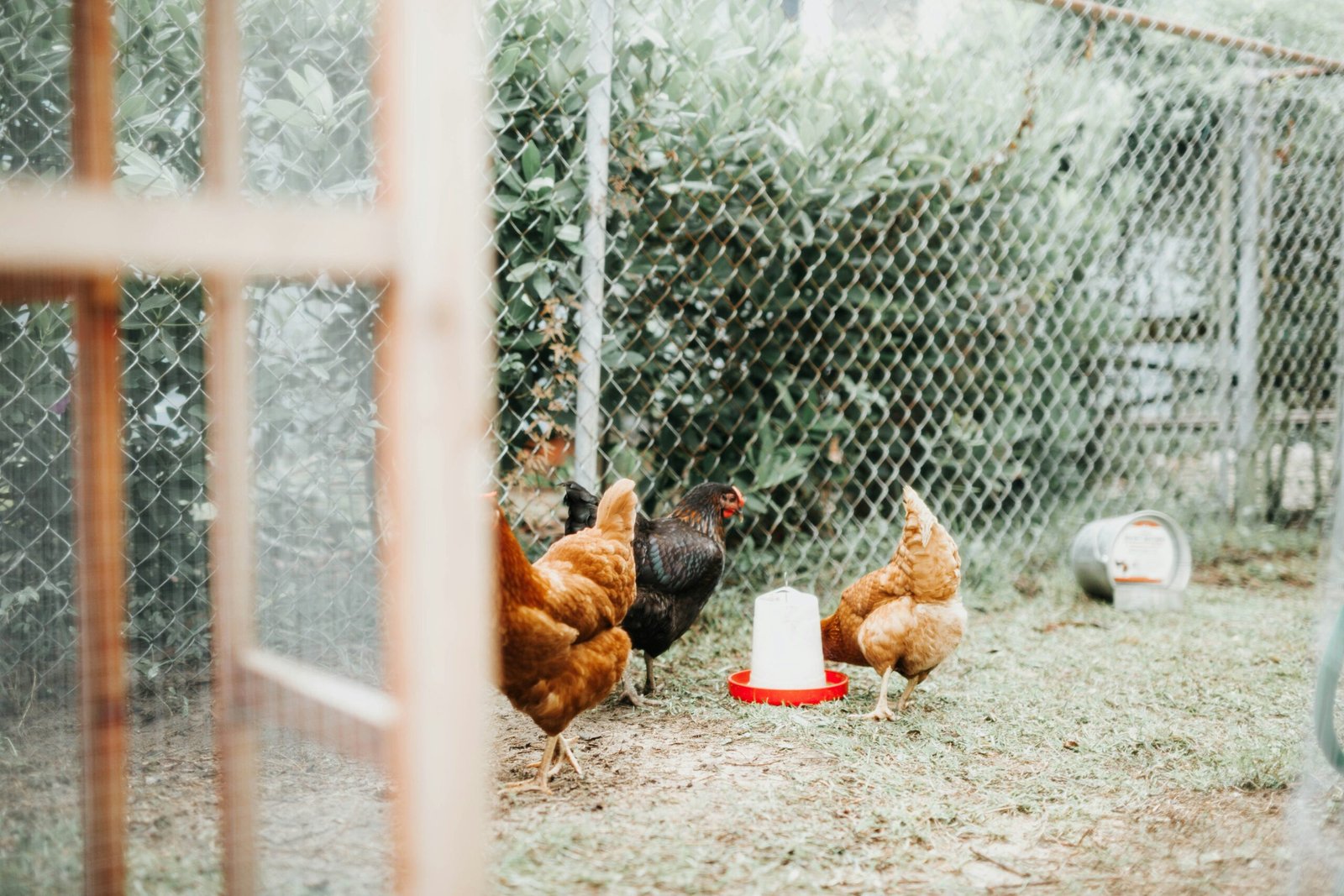Building or Choosing the Perfect Chicken Coop
When it comes to housing your flock, a chicken coop is more than just a shelter. It’s a safe haven, a stylish statement, and a functional space for your feathered friends to thrive. Whether you’re building a coop from scratch or shopping for a ready-made one, here are some key considerations to keep in mind:
Size Matters
Chickens need room to roam, scratch, and stretch their wings. The general rule of thumb is to allow at least 4 square feet of coop space per chicken, but more is always better. If you have limited space, consider a multi-level coop or an attached run to provide extra room for your flock.
Security is Key
Protecting your chickens from predators is crucial. Ensure your coop has sturdy walls, a secure door, and predator-proof mesh or wire on all openings. Don’t forget to bury hardware cloth around the perimeter to prevent digging predators from gaining access.
Ventilation and Light
A well-ventilated coop is essential for your chickens’ respiratory health. Install windows or vents to allow fresh air to circulate, but make sure they can be closed during extreme weather. Additionally, natural light is beneficial for your chickens’ well-being, so choose a coop design that incorporates windows or skylights.
Easy Access and Cleaning
Make your life easier by designing a coop that allows for easy access to feeders, waterers, and nesting boxes. Consider removable roosts and trays for convenient cleaning, and ensure there’s ample headroom for you to move around comfortably while tending to your flock.
Stylish and Functional Design
Your chicken coop doesn’t have to be an eyesore in your backyard. Embrace your inner architect and choose a design that complements your outdoor space. From charming cottages to modern masterpieces, there’s a coop style to suit every taste. Just remember, functionality should never be compromised for aesthetics.
Keeping Your Coop Clean and Maintained
A clean coop is a happy coop, and a happy coop means healthy chickens. Here are some tips to keep your coop spick and span:
Regular Cleaning
Establish a cleaning routine to keep your coop fresh and odor-free. Remove soiled bedding, droppings, and any leftover food daily. Deep clean the entire coop at least once a month, scrubbing surfaces with a mild detergent and rinsing thoroughly. Don’t forget to disinfect waterers and feeders regularly.
Bedding and Litter
Choose suitable bedding material for your coop, such as straw, wood shavings, or sand. Replace soiled bedding regularly to prevent the buildup of bacteria and odor. Adding a layer of diatomaceous earth or dried herbs like lavender can help control pests and keep your coop smelling pleasant.
Pest Control
Prevent unwelcome visitors by implementing effective pest control measures. Regularly inspect your coop for signs of pests like mites, lice, or rodents. Consider using natural remedies like diatomaceous earth, herbs, or essential oils to deter pests without harming your chickens.
Coop Maintenance
Regularly inspect your coop for any signs of wear and tear. Repair or replace damaged parts to ensure the safety and comfort of your chickens. Check for loose wires, rotting wood, or any potential hazards that could harm your flock. A well-maintained coop will not only keep your chickens safe but also extend the lifespan of your coop.
Health Check-ups
Monitor your chickens’ health regularly. Check for any signs of illness, injury, or stress. Keep an eye out for mites or parasites, and consult a veterinarian if needed. A healthy flock will be more resistant to diseases, reducing the chances of an outbreak in your coop.
Remember, a well-designed and maintained chicken coop is the foundation for happy and healthy chickens. So, put on your creative hat, roll up your sleeves, and create a coop that both you and your feathered friends will love.


